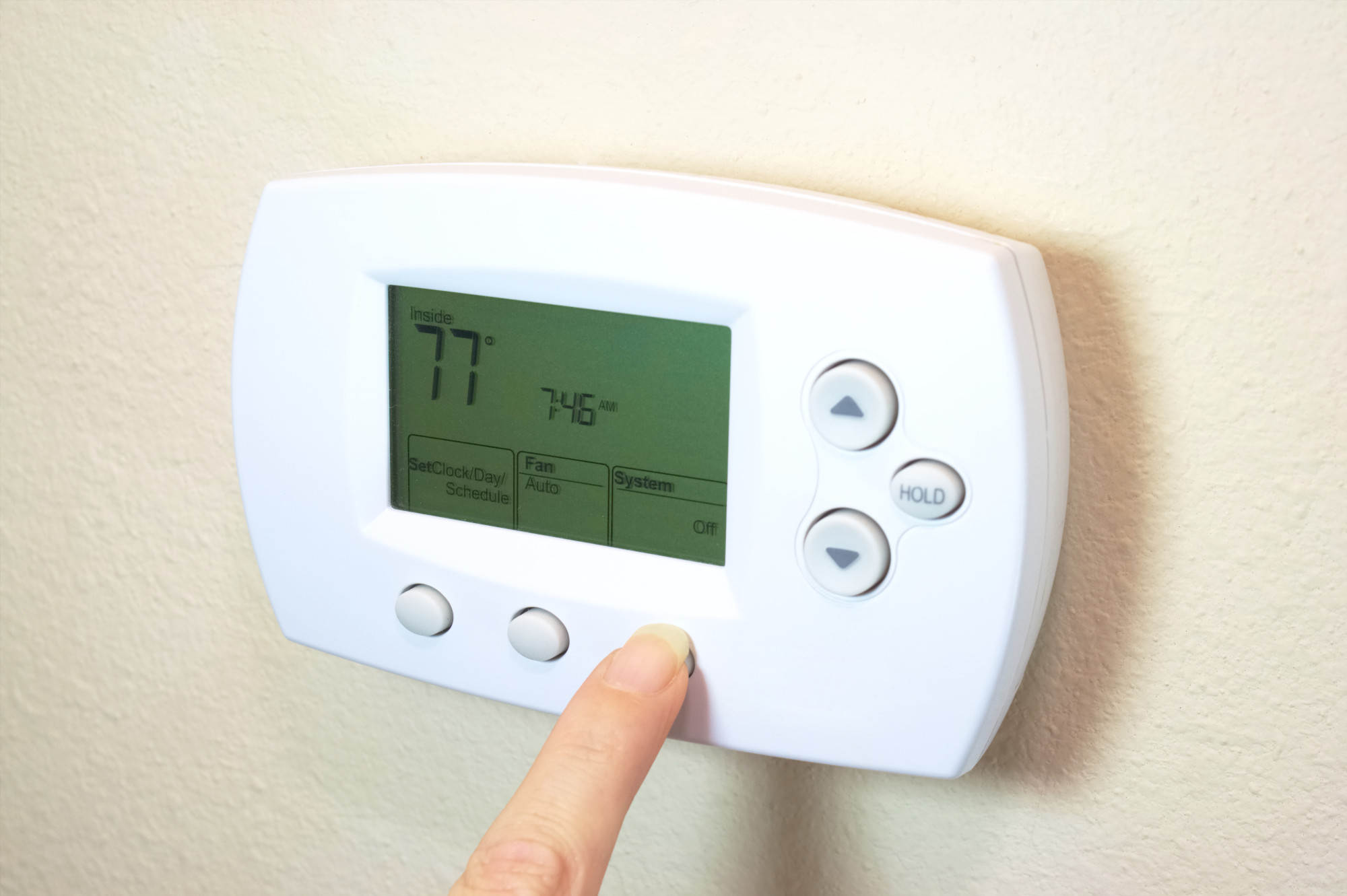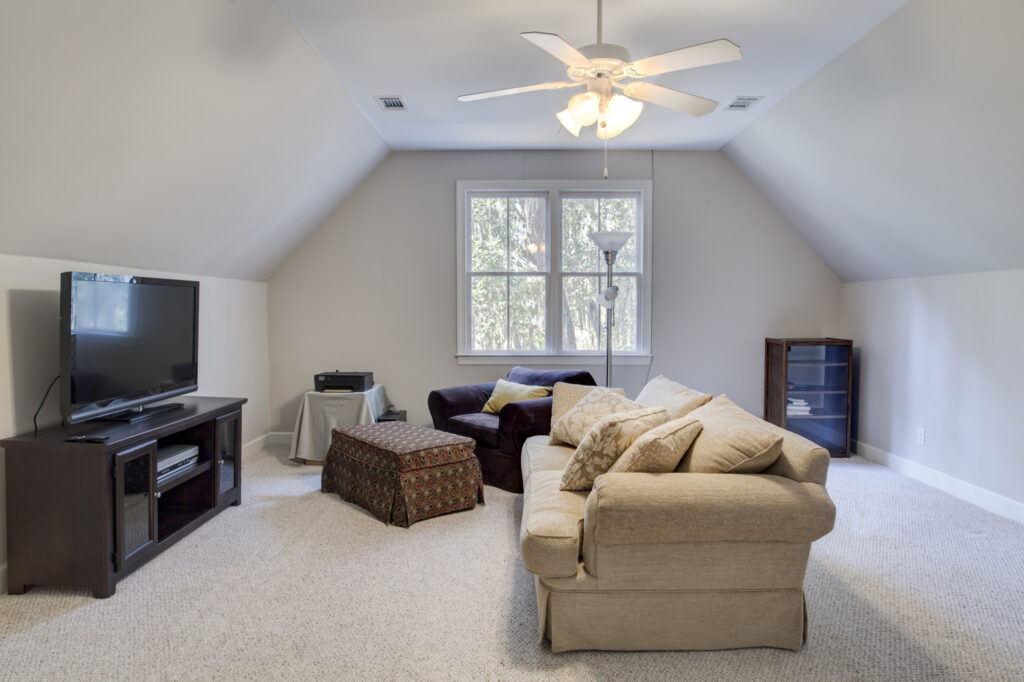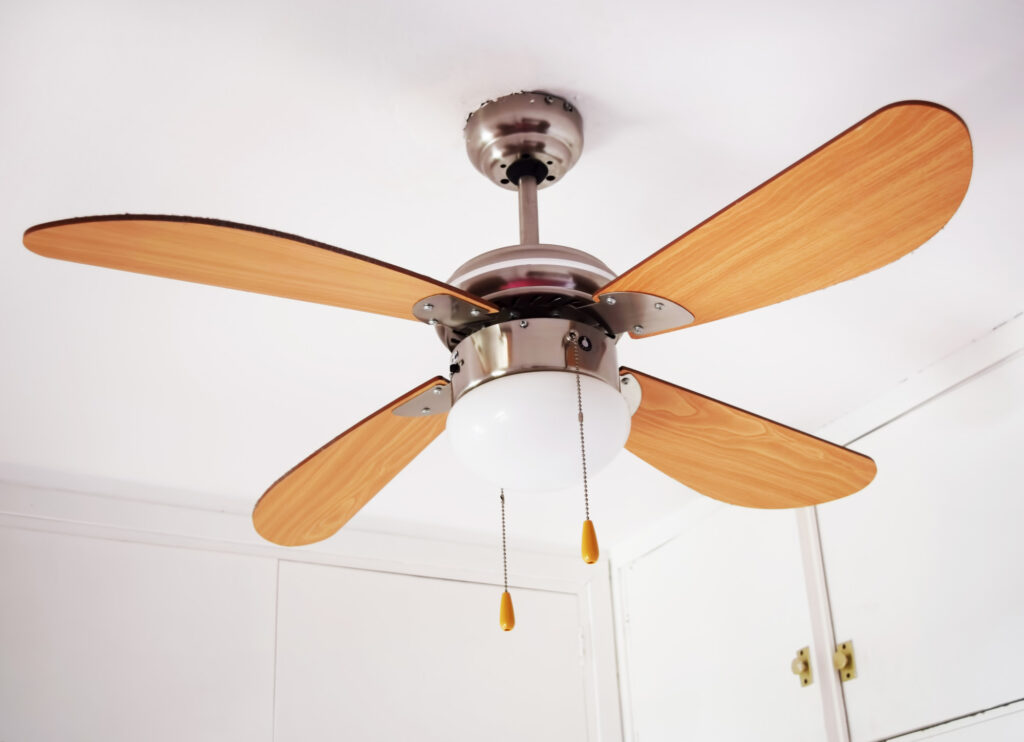Are you wondering about the room temperature and what it should be set on?
Many factors contribute to the optimal room temperature to improve a person’s performance, overall mood, and health. A comfortable room can also help boost your energy levels and relax you before bedtime.
With so many benefits to having a desired environment, it’s important to understand what impacts room temperature. A few simple room temperature secrets can have a huge impact on your overall well-being.
Here’s what you need to know about choosing the perfect room temperature.
What Is the Perfect Room Temperature?
The answer may vary depending on who you ask, but the consensus is that the ideal room temperature for your home is between 68 and 72 degrees Fahrenheit. This temperature range is comfortable for most people and will help to keep your energy bills down.
There are a few things to keep in mind when setting your thermostat to the ideal room temperature for your home. If you have a pet, you may want to set the temperature a few degrees lower to account for their body heat.
If you have a room that gets a lot of sun, you may want to set the temperature a few degrees higher to compensate for the extra heat. No matter what the temperature is set at, make sure that you are comfortable and your energy bills are low.
However, there are some guides to the suitable room temperature that you may want to check out. Here are some examples:
For Health and Happiness
The ideal room temperature for health and happiness is around 70 degrees Fahrenheit. This temperature is comfortable for most people and it is also the temperature that is easiest to maintain.
At this temperature, the air is not too dry or too humid, and it is not too hot or too cold. It is also the temperature that is easiest on the body and the mind.
For Work and Productivity
The ideal room temperature for work and productivity is between 68 and 72 degrees Fahrenheit. This temperature range is comfortable for most people and allows them to maintain optimal cognitive function.
The temperature should not be too hot or too cold, as either extreme can lead to distraction and impaired productivity.
For Sleep and Relaxation
The National Sleep Foundation reports that the perfect room temperature for sleep is between 60 and 67 degrees Fahrenheit. They also state that the ideal room temperature for relaxation is slightly lower, between 65 and 69 degrees Fahrenheit.
To maintain the perfect room temperature for both sleep and relaxation, your thermostat should be set to somewhere between 60 and 67 degrees Fahrenheit.
For Energy Efficiency
The U.S. Department of Energy (DOE) recommends setting your thermostat to 78°F (26°C) during the summer months. This number is not only energy-efficient, but will also keep you cool and comfortable.
If your home is equipped with a programmable thermostat, you can set it to automatically adjust the temperature based on the time of day and your family’s schedule.
If you’re comfortable with a slightly warmer temperature in the summer, try setting it to 82 degrees (28 degrees Celsius). You’ll save even more energy. For an expert opinion, check out austingsmechanical.com.
Find Out What Temperature Works Best For Your Home
The bottom line is that there is no perfect room temperature for every home. Instead, it depends on a variety of factors like the climate, the home’s layout, and your personal preferences. So experiment a bit and find out what temperature works best for your home.
Was this helpful? If so, keep browsing our blog to find more home improvement tips.





Leave a Reply
You must be logged in to post a comment.